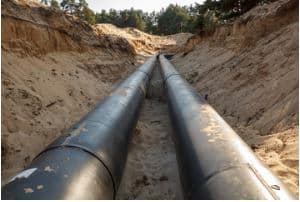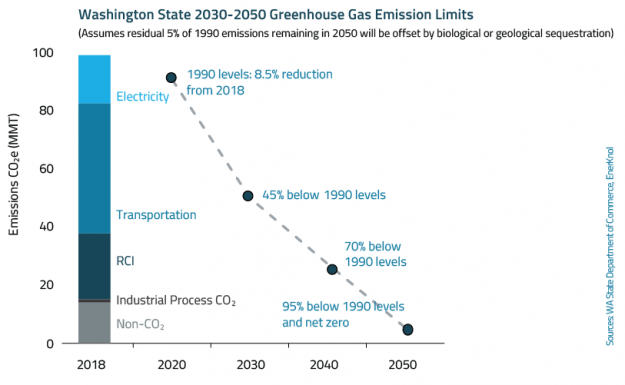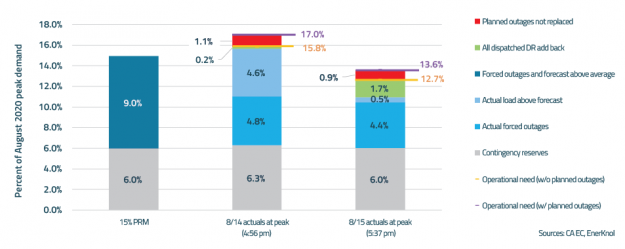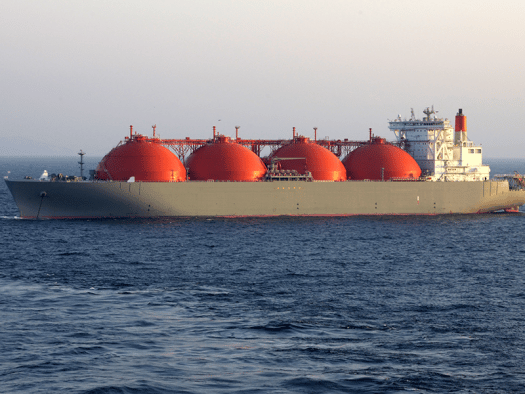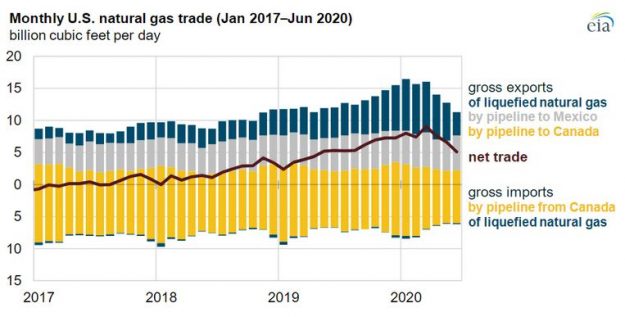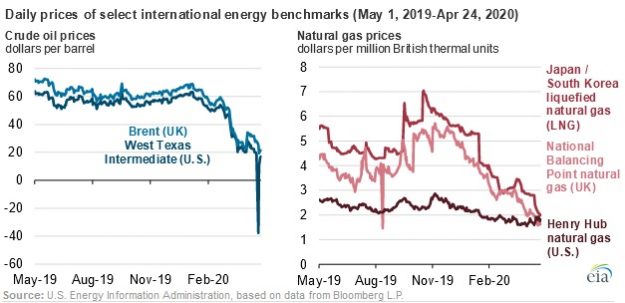Visual Primer: Russia-Ukraine War Prompts Rethinking of U.S. Energy Policies
Russia’s attack on Ukraine has roiled global markets, causing oil prices to soar at a time when the world is recovering from the economic fallout of the COVID-19 pandemic. The conflict, entangled with the global energy crisis, has been met with heavy economic sanctions from the U.S. and most European countries. Companies across the oil and gas value chain have also announced plans to abandon investments in Russia.


